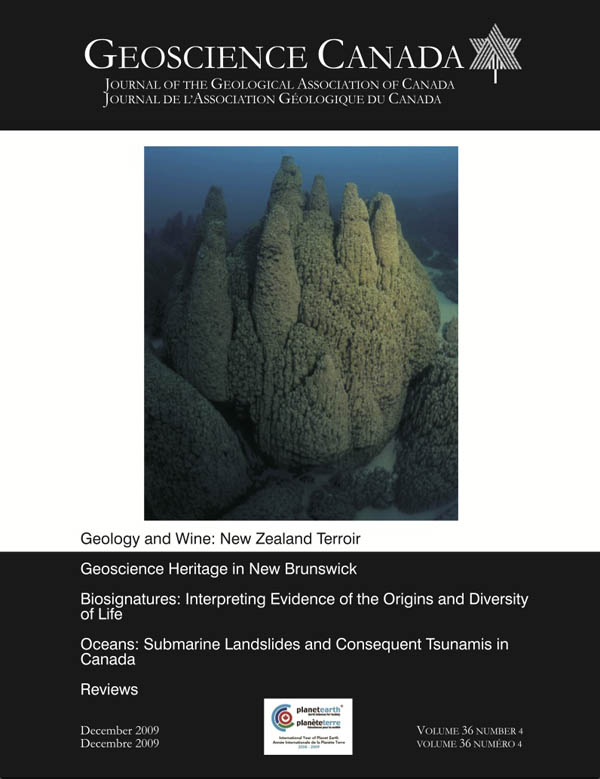Résumé
Canada has the longest coastline and largest continental margin of any nation in the World. As a result, it is more likely than other nations to experience marine geohazards such as submarine landslides and consequent tsunamis. Coastal landslides represent a specific threat because of their possible proximity to societal infrastructure and high tsunami potential; they occur without warning and with little time lag between failure and tsunami impact. Continental margin landslides are common in the geologic record but rare on human timescales. Some ancient submarine landslides are massive but more recent events indicate that even relatively small slides on continental margins can generate devastating tsunamis. Tsunami impact can occur hundreds of km away from the source event, and with less than 2 hours warning. Identification of high-potential submarine landslide regions, combined with an understanding of landslide and tsunami processes and sophisticated tsunami propagation models, are required to identify areas at high risk of impact.
SOMMAIRE
Le Canada possède les plus longues zones côtières et marges continentales du monde. Donc, il est significativement exposé aux géorisques marins, comme les glissements de terrain sousmarins (GTSM) comportent également des risques de tsunamis. Les glissements côtiers représentent un risque significatif vu la proximité d’infrastructures et leur capacité de produire des tsunamis. Ils se produisent sans aver-tissement et peu de délai existe entre leur déclenchement et l’impact possible d’un tsunami. Les GTSM en marge continentale sont communs dans l’histoire géologique mais rare à l’échelle de l’histoire humaine. Quelques anciens dépôts glissés sont de dimensions importantes, mais les nouvelles évidences suggèrent que même les petits glissements sur les marges continentales peuvent générer des tsunamis. L’impact des tsunamis peut être ressenti à des centaines de km de la source et l’impact est possible avec moins de 2 heures d’avertissement. L’identification des régions à potentiel élevé pour l’instabilité des pentes combinées à la compréhension des processus de formation de GTSM et de tsunami, et à des modèles sophistiqués de propagation, sont nécessaires pour identifier les secteurs hautement à risque d’impact.
